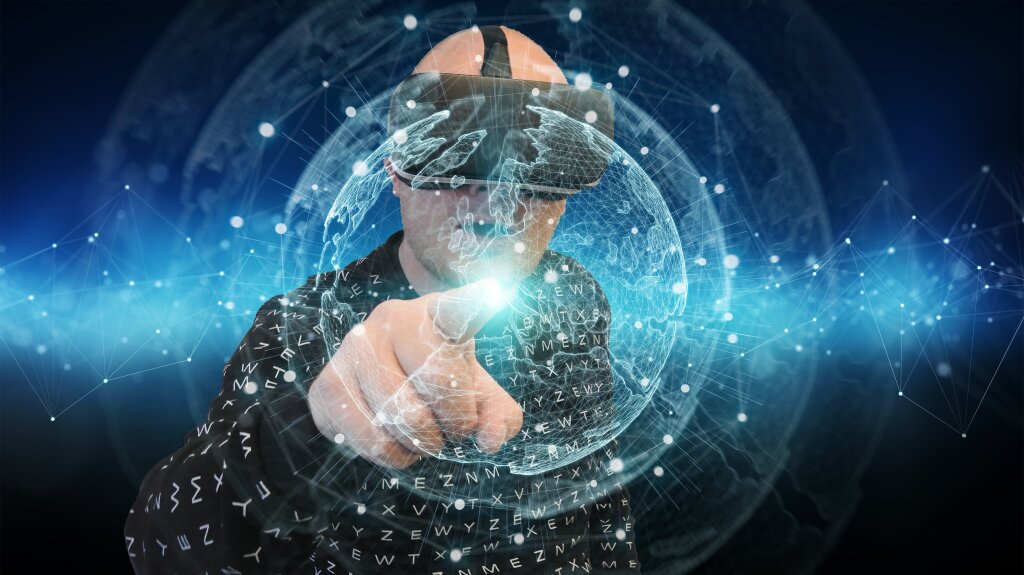Virtual reality (VR) offers several advantages when it comes to training, making it a valuable tool in various industries.
Here are some key reasons why VR is used for training:
Immersive and realistic experiences: VR provides a highly immersive and realistic training environment. Trainees can be fully immersed in a simulated world that closely resembles real-world scenarios. This realism helps trainees develop practical skills and muscle memory in a controlled and safe setting.
Risk-free practice: VR allows trainees to practice skills and tasks without real-world consequences. In high-risk industries like aviation or medicine, where mistakes can have severe outcomes, VR provides a safe space to learn and make errors without causing harm. Trainees can repeat exercises as many times as needed to refine their skills and build confidence.
Cost-effectiveness: Traditional training methods often involve expensive equipment, physical resources, or on-site training. VR reduces costs by creating virtual environments that simulate real-world settings without the need for physical infrastructure. It eliminates the need for specialized equipment or travel expenses, making it more accessible and cost-effective.
Accessibility and flexibility: VR training can be accessed remotely from anywhere, allowing trainees to participate in training programs without geographical constraints. This flexibility enables organizations to provide consistent training experiences to a broader audience, including those in remote locations. Additionally, training sessions can be scheduled at the trainees' convenience, enhancing flexibility and minimizing disruption to work schedules.
Objective performance assessment: VR training systems can collect objective data on trainee performance, allowing for precise assessment and feedback. Trainers can track metrics such as response time, accuracy, and decision-making, providing valuable insights into trainee progress and areas for improvement. This data-driven approach enhances the effectiveness of training programs.
Versatility and adaptability: VR can be used across various industries and training scenarios. It can simulate complex and hazardous situations, such as emergency response or military combat, allowing trainees to develop critical decision-making skills under realistic conditions. Additionally, VR can replicate specific job tasks, machinery operations, or technical procedures, enabling trainees to practice hands-on skills.
Overall, VR offers a unique and powerful training experience by combining immersive environments, risk-free practice, cost-effectiveness, accessibility, objective assessment, and versatility. These benefits make VR an increasingly popular choice for training programs where experiential learning and practical skills development are crucial.
